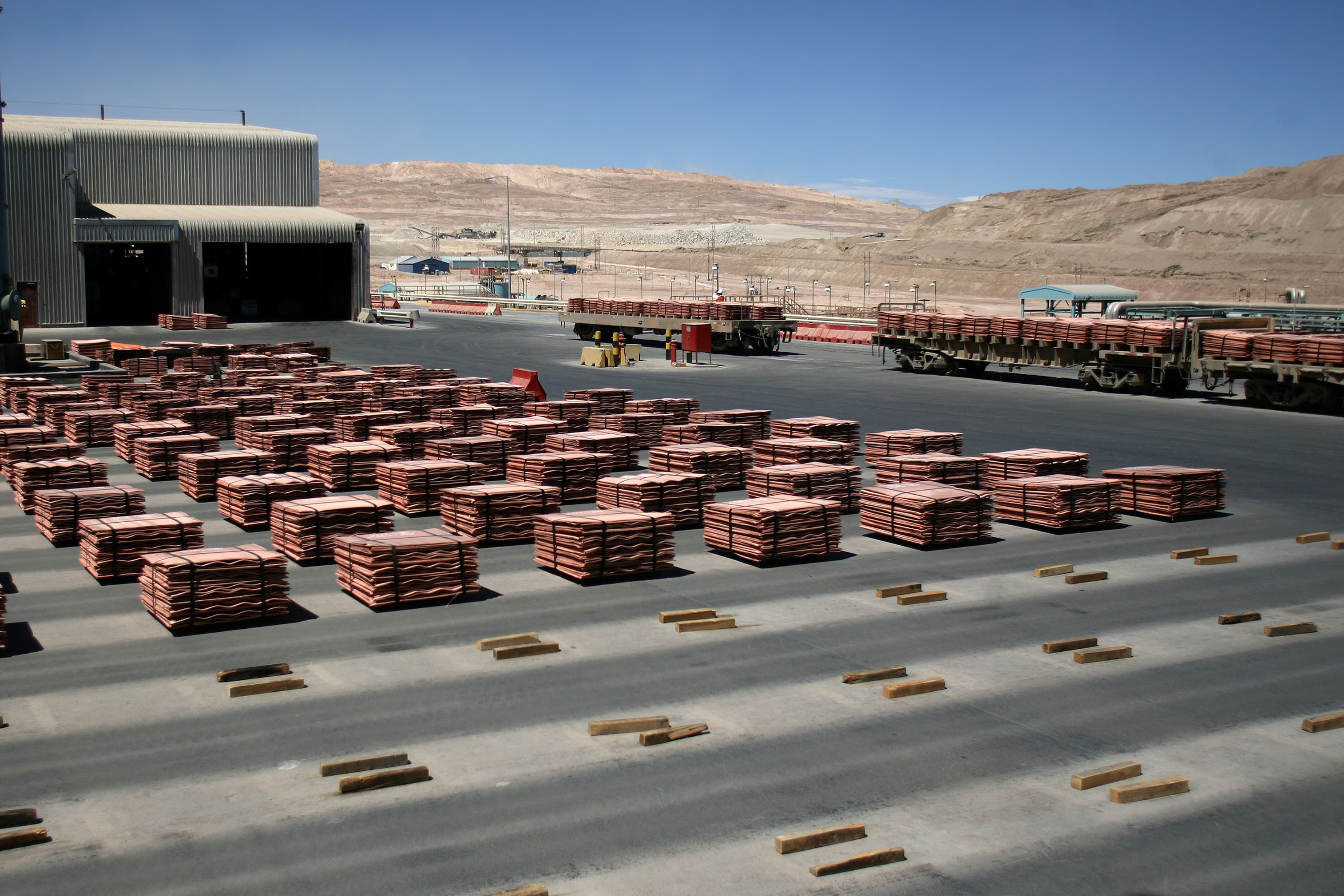
The Significance of Copper in Modern America
When examining the backbone of any country’s technological, defense, and infrastructural capabilities, copper stands out as a linchpin resource. Copper’s exceptional electrical conductivity, durability, and versatility make it essential across a broad spectrum of industries. In the United States, copper is not merely a commodity—it’s a strategic asset that underpins the nation’s technological innovations, military strength, and energy infrastructure.
The recent imposition of tariffs on copper during the Trump administration was a strategic move aimed at safeguarding this vital resource. Understanding why these tariffs matter requires appreciation of copper’s role in everyday technology and critical national security systems.
The Role of Copper in US Technology and Infrastructure
Copper is embedded deeply in the infrastructure of modern America:
- Power Transmission: Over 60% of the world’s electrical wiring is copper-based, owing to its excellent conductivity. In the US, the electrical grid depends heavily on copper wires, transformers, and switches to deliver reliable power nationwide.
- Electronics and Telecommunications: Copper is fundamental in creating circuit boards, telecommunication lines, and data centers, which are the backbone of digital connectivity and information technology.
- Renewable Energy Systems: Solar panels, wind turbines, and energy storage systems incorporate copper components to enhance efficiency.
Any disruption or scarcity of copper can threaten the stability of these systems, leading to failures in power grids, network outages, and slowdowns in technological growth. The tariffs aimed to bolster domestic copper production, ensuring that supply constraints do not hamper technological progress or infrastructure resilience.
Defense and Strategic Security: Copper’s Critical Role
Beyond commercial application, copper’s importance extends vividly into the defense sector. Military and defense systems depend on copper for:
- Advanced Weaponry and Communication Systems: Copper wiring and components are vital in radar systems, missile guidance, and secure communications.
- Military Infrastructure: Fortifications, vehicles, and ships incorporate copper to withstand harsh environments and maintain functionality.
- Critical National Security Devices: Copper-based electronic components are integral to secure servers and surveillance systems.
In the context of national security, a robust copper supply chain reduces reliance on foreign imports, which may be vulnerable due to geopolitical tensions. The tariffs serve as a defense mechanism, incentivizing investment in domestic copper extraction and processing, and strengthening US sovereignty over this key strategic resource.
Economic and Geopolitical Implications of Copper Tariffs
The economic rationale for tariffs is rooted in protecting American industries:
- Supporting Domestic Production: Tariffs make imported copper more expensive, encouraging companies to source locally, which helps create jobs and stimulate economic growth.
- Reducing Trade Deficits: By boosting domestic output, the US can lessen reliance on imports, balancing trade deficits.
- Ensuring Supply Chain Security: With increased domestic production, the US shields itself from supply disruptions due to international conflicts or trade disputes.
Geopolitically, controlling copper resources aligns with broader strategies of reducing dependence on foreign powers, especially in critical sectors like defense and energy. It also provides leverage in international negotiations, ensuring the US remains agile in a rapidly shifting global landscape.
The Environmental and Economic Challenges of Copper Mining
While promoting domestic copper production yields strategic benefits, it is not without challenges:
- Environmental Impact: Mining activities can harm ecosystems, cause pollution, and deplete natural resources. Balancing environmental concerns with national security needs is critical.
- Cost and Investment: Establishing or expanding copper mines requires significant capital investment and technological innovation to optimize extraction processes.
- Community and Societal Influence: Mining projects often face opposition from local communities concerned about environmental and health impacts.
Policy initiatives surrounding tariffs must also address these issues, promoting sustainable mining practices and technological advancements that minimize environmental footprint while securing supply chains.
The Future Outlook: Copper and US Economic Security
As the world increasingly pivots towards renewable energy and digital transformation, demand for copper is forecasted to surge. The US’s proactive stance on tariffs is designed to ensure that this critical resource remains available and affordable for future generations. Investing in domestic copper mines and processing facilities not only bolsters national defense but also positions the US as a leader in green technology and innovation.
Moreover, the strategic importance of copper underscores the necessity for comprehensive resource management policies that encompass environmental sustainability, economic vitality, and national security imperatives.
Conclusion: Why Trump’s Copper Tariffs Matter More Than Ever
The tariffs introduced by President Trump, aimed at shielding the US copper industry, are far more than protectionist measures—they are a vital component in safeguarding the nation’s technological sovereignty, defense infrastructure, and economic stability. Copper’s pivotal role in powering modern society, coupled with its strategic significance in defense systems, makes its secure and stable supply an utmost priority.
Moving forward, continued investment, responsible mining, and strategic policies will be essential to maintaining US leadership in critical sectors that rely heavily on copper. As technological advances accelerate and geopolitical landscapes evolve, the importance of securing domestic sources of such fundamental resources cannot be overstated.
In essence, the actions taken around copper tariffs reflect a broader vision of resilience—ensuring America’s technological edge and national security are protected amid an increasingly complex global environment.
For more updated news please keep visiting Prime News World.








